High-impact workouts have long been a staple in the fitness world, loved for their intensity, efficiency, and the rush of energy they deliver. Whether you're sprinting up hills, crushing a plyometric circuit, or powering through a HIIT session, high-impact exercise challenges your body in ways that build strength, endurance, and coordination.
What Is a High-Impact Workout?
A high-impact workout involves movements where both feet leave the ground at the same time—think jumping, bounding, or running. These exercises place a higher load on your joints and bones, which can stimulate bone growth, build muscle, and elevate your heart rate quickly. Unlike low-impact training, which keeps at least one foot on the floor (like walking or cycling), high-impact activities demand more intensity and often burn more calories in less time.
Common High-Impact Exercises
Some well-known examples of high-impact exercises include:
-
Running and Sprinting: Both are classic forms of high-impact cardio. The repetitive pounding challenges your legs, core, and cardiovascular system.
-
Jump Squats and Burpees: These compound movements spike your heart rate and work multiple muscle groups.
-
Jump Rope: A deceptively simple workout that delivers serious results for coordination, cardio, and lower-body strength.
-
Box Jumps: Excellent for explosive power and leg endurance.
-
Plyometric Push-Ups: A powerful upper-body move that combines strength and speed.
What Are High-Impact Aerobics?
High-impact aerobics involve choreographed movements—like jumping jacks, knee lifts, and fast-paced kicks—typically set to music. They gained popularity in the 80s and are still a favorite in group fitness classes for their ability to deliver a fun, effective full-body workout. These routines keep your heart rate elevated while engaging large muscle groups, making them ideal for cardiovascular fitness.
Benefits of High-Impact Exercise
Engaging in high-impact fitness offers numerous benefits:
-
Improved Bone Density: The dynamic load on your skeletal system can help reduce the risk of osteoporosis.
-
Increased Cardiovascular Health: High-impact cardio exercises strengthen your heart and lungs.
-
Better Coordination and Balance: Movements that require jumping, landing, and quick changes in direction help sharpen neuromuscular control.
-
Time Efficiency: You don’t need long sessions to see results—20 to 30 minutes can be highly effective.
My Personal Journey with High-Impact Fitness
I still remember the first time I tried a high-impact bootcamp class after years of strength training. By the end of the warm-up—complete with high knees, jump lunges, and tuck jumps—I was drenched and humbled. But what followed was even more important: my endurance shot up, my legs felt stronger, and I noticed I was moving more confidently in daily life. High-impact workouts became the missing piece in my training puzzle.
Is Running a High-Impact Exercise?
Absolutely. Running, especially on hard surfaces, is one of the most common high-impact activities. Every stride sends a force through your joints that's two to three times your body weight. This is why proper footwear, rest, and cross-training are essential to avoid injury.
High Impact vs Low Impact: What's the Difference?
While high-impact exercise involves explosive, joint-loading movements, low-impact workouts are gentler on the body and often favored by those recovering from injury or just starting their fitness journey. Walking, swimming, cycling, and elliptical training are all examples of low-impact workouts.
That said, high and low impact aren’t rivals—they’re tools. Many people find success alternating between the two to avoid overuse injuries and keep training fresh.
When to Choose High-Impact Workouts
High-impact training is excellent for:
-
Building explosive power
-
Burning calories quickly
-
Training for sports or performance goals
-
Improving bone and joint resilience
However, it may not be suitable for everyone. Those with joint pain, prior injuries, or new to exercise may want to start with low-impact options or modified versions of high-impact moves.
Final Thoughts
High-impact workouts aren’t just about jumping higher or sweating harder—they’re about pushing limits and building resilience. Whether it’s a short HIIT session or a full-body plyometric routine, incorporating high-impact training can take your fitness to the next level. Just listen to your body, balance your routine, and remember: progress is personal.




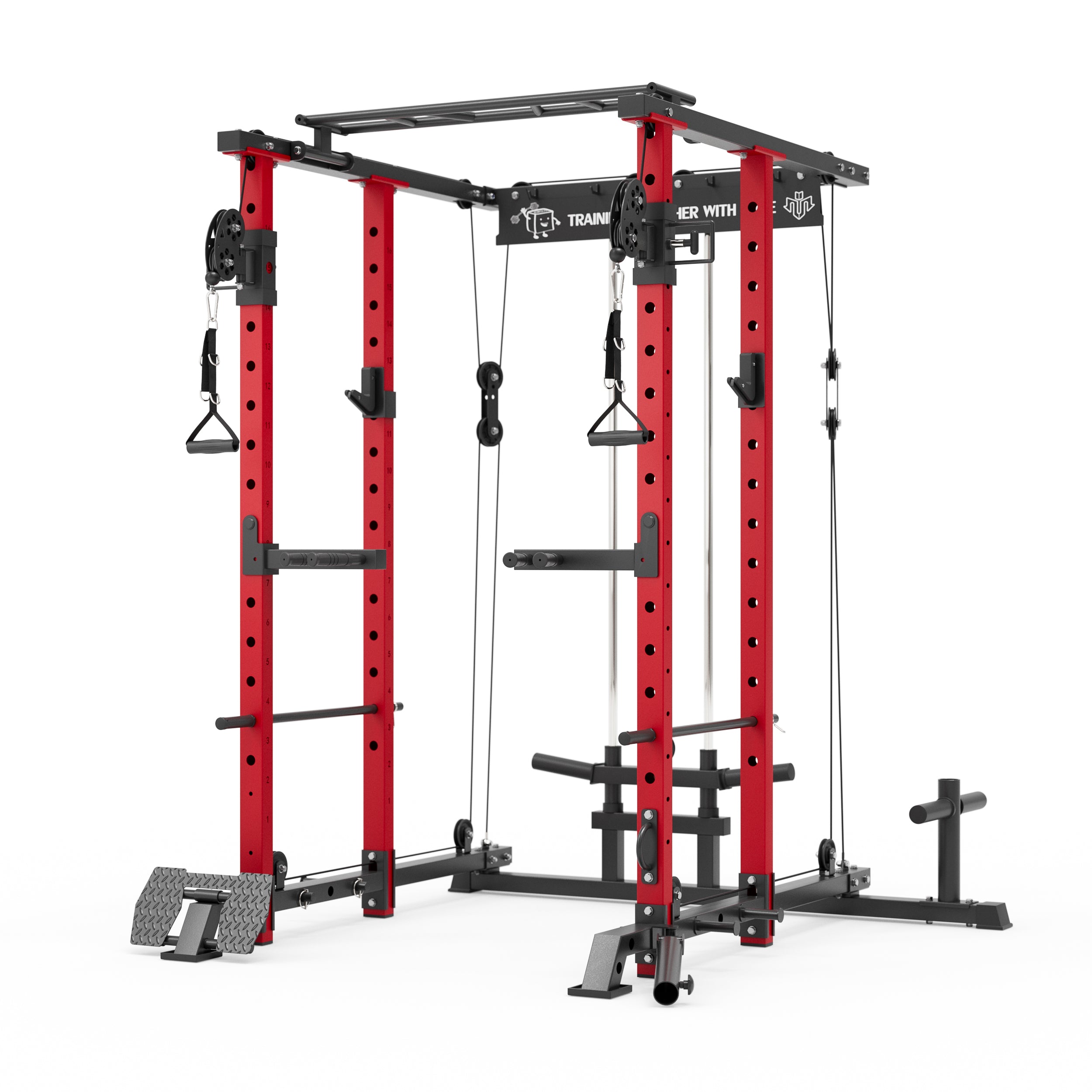


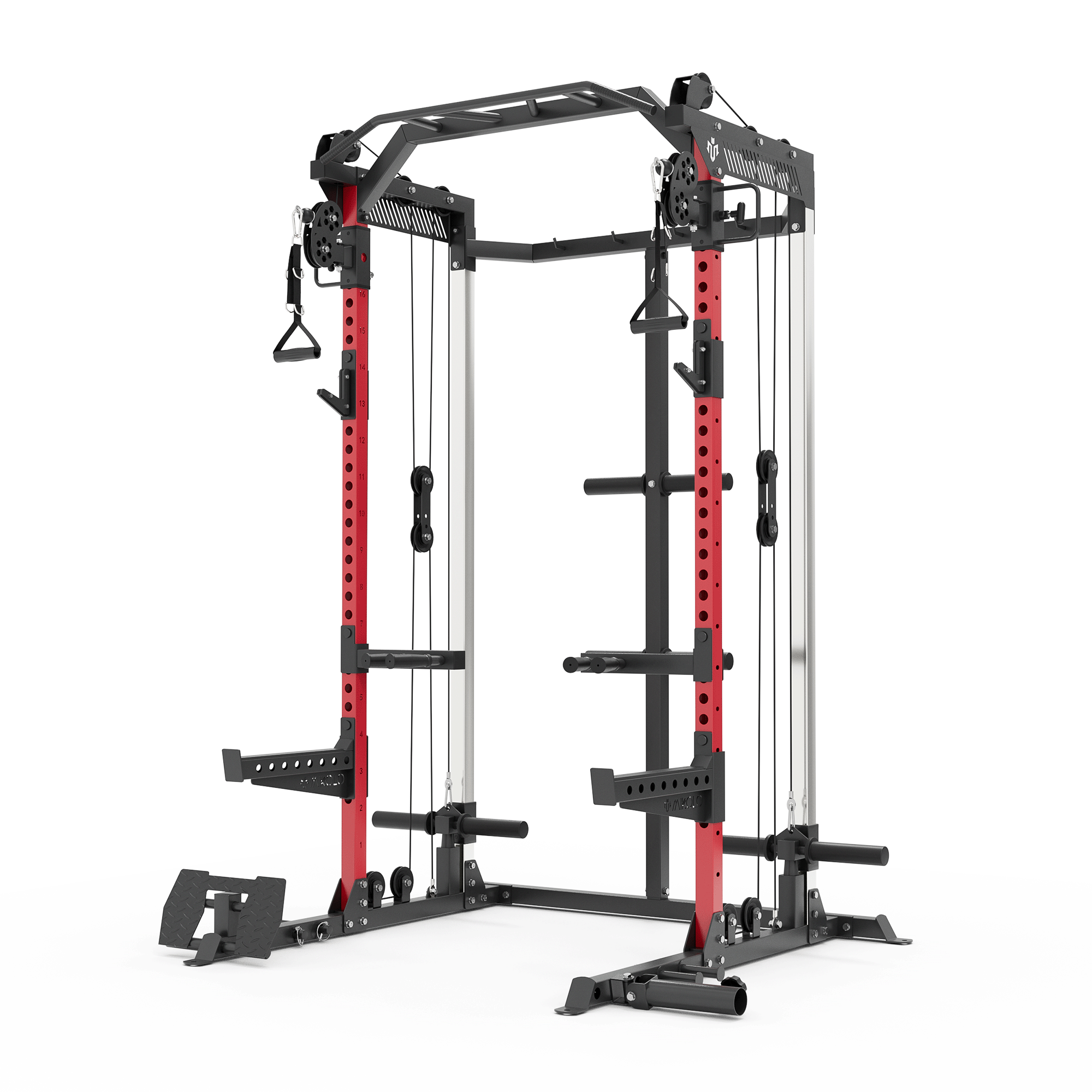



















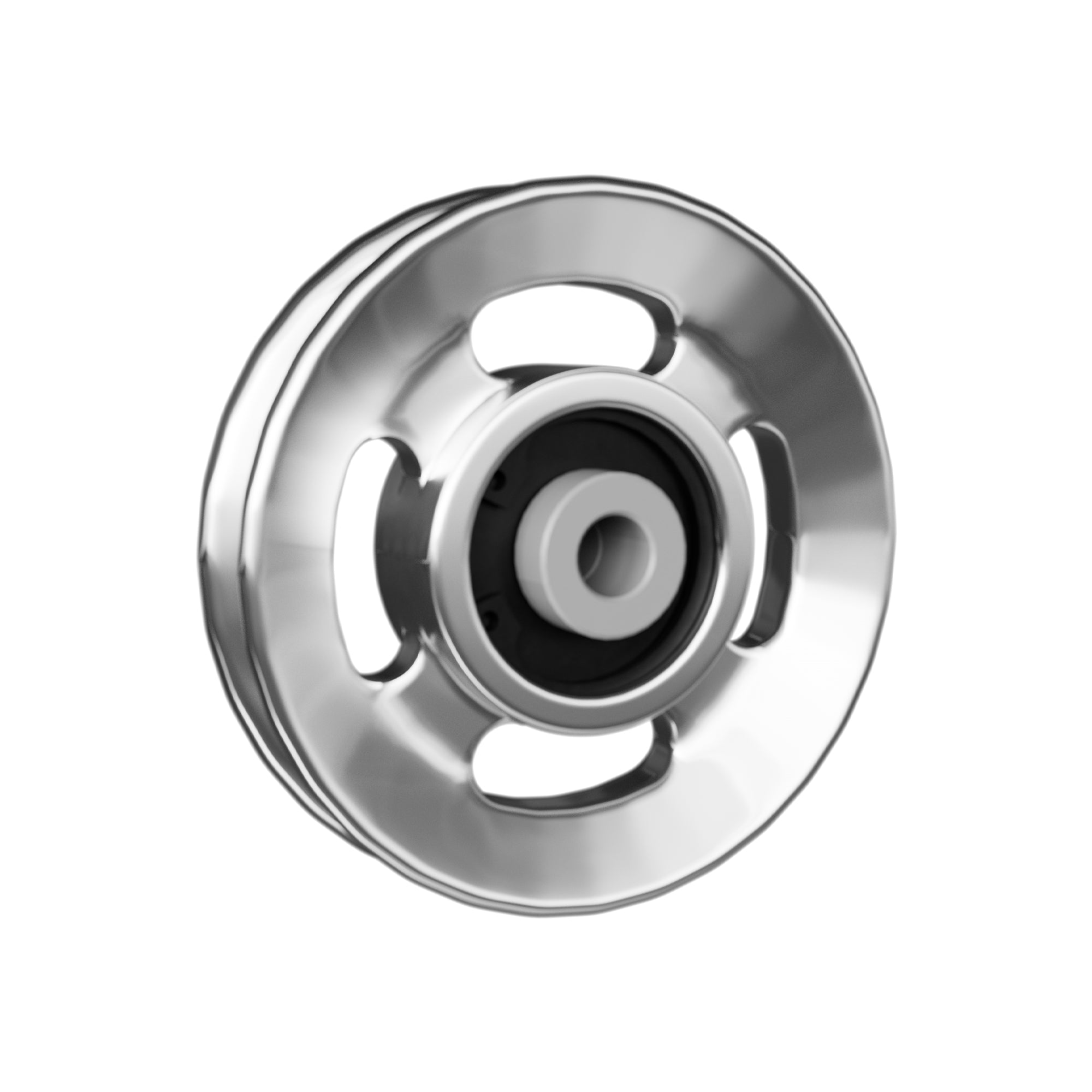



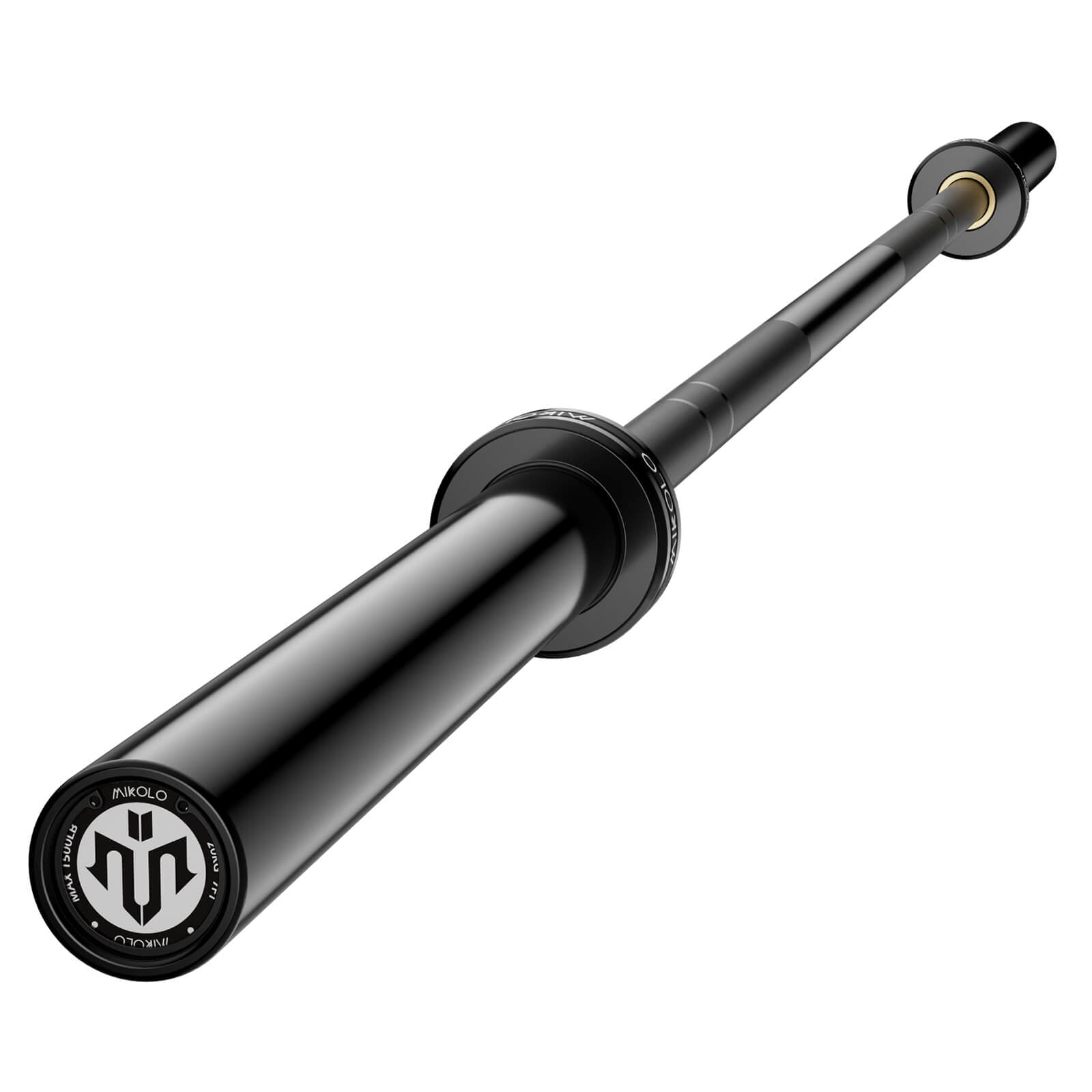
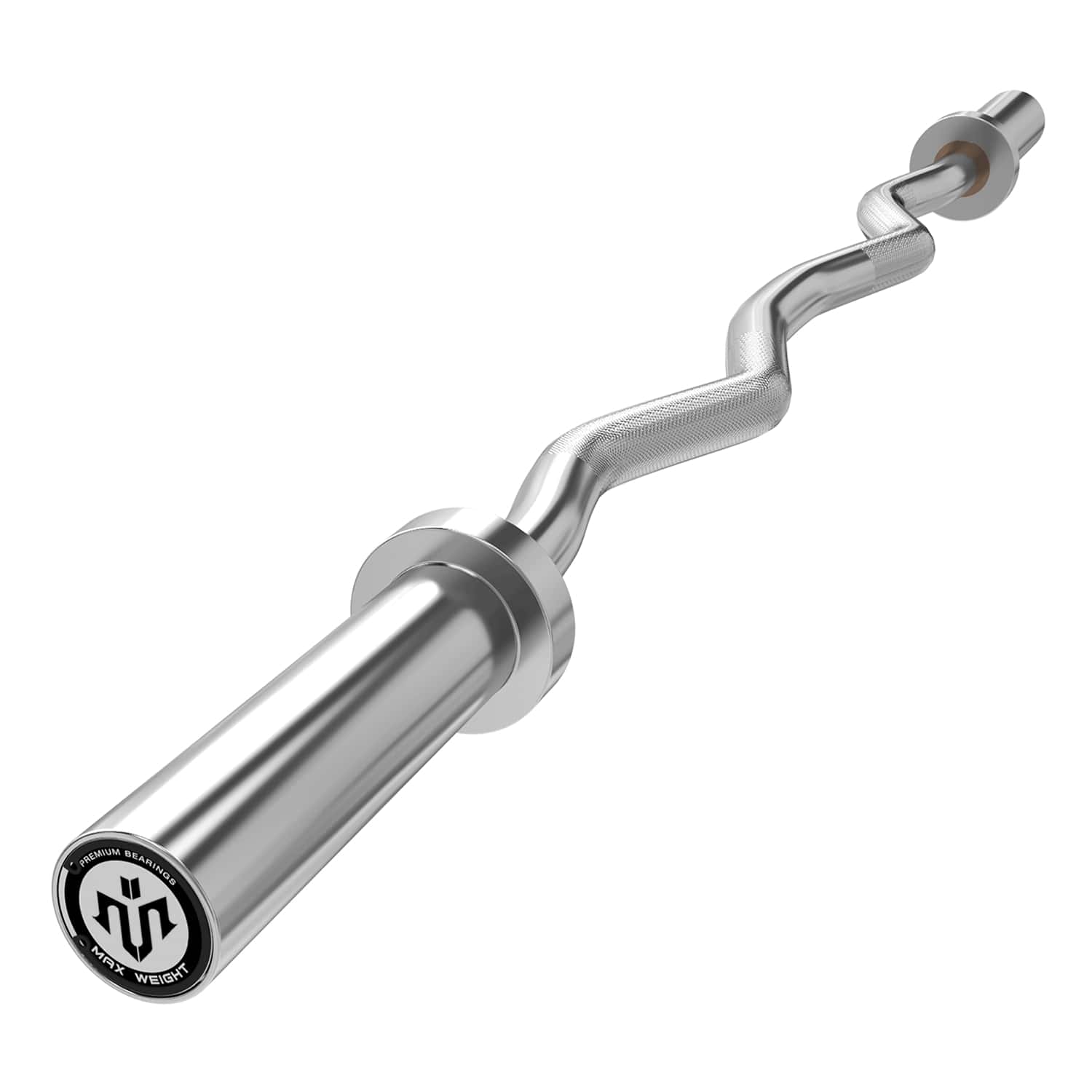







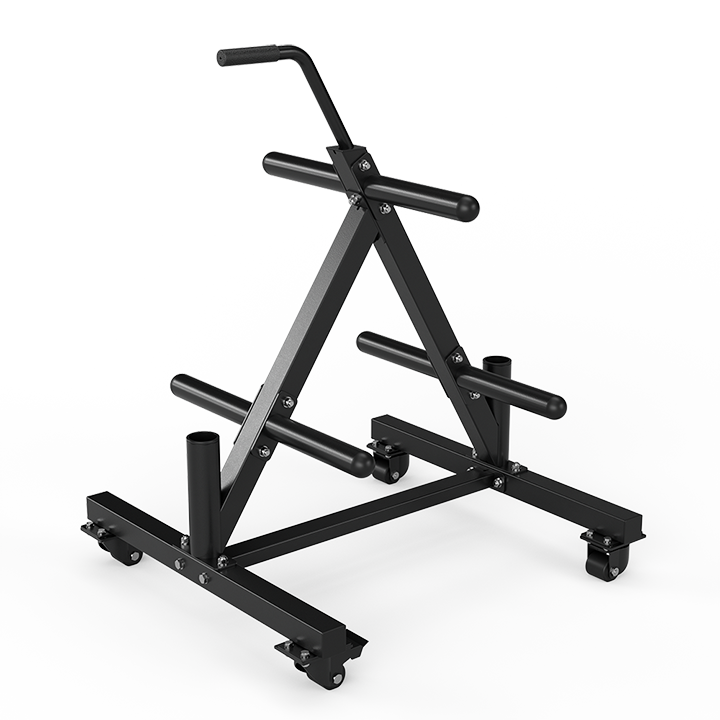
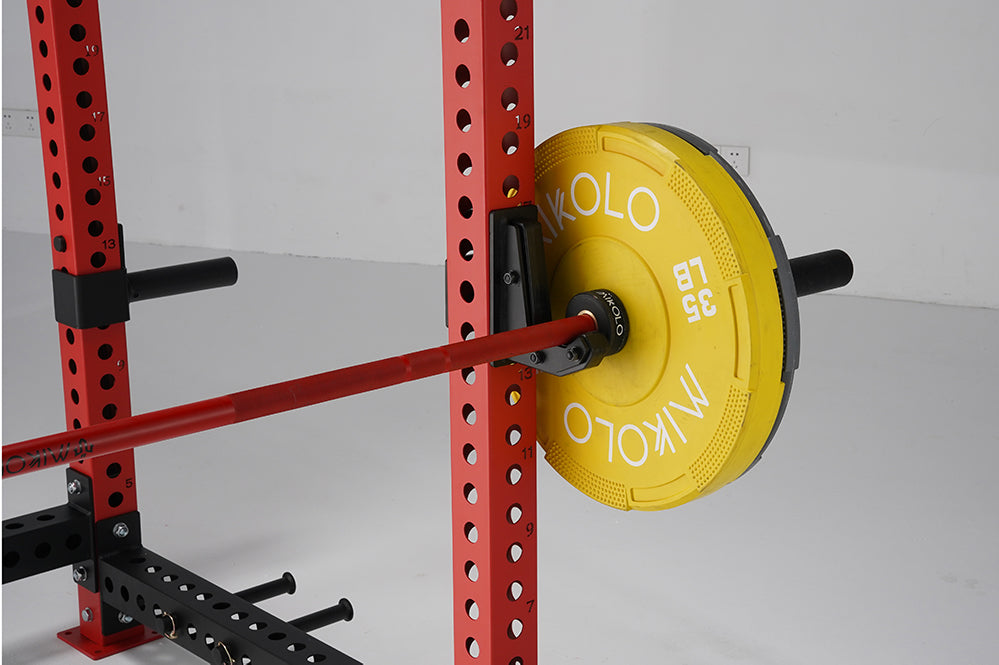






Leave a comment
This site is protected by hCaptcha and the hCaptcha Privacy Policy and Terms of Service apply.